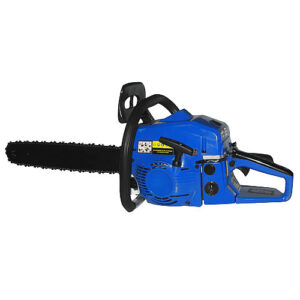Forty years ago this week, my father’s taxidermy shop was a busy place. Successful hunters were dropping off their trophies and unsuccessful ones were stopping by to rubberneck at what they were hunting for while trading deer tales. During deer season, the shop was usually open until 9 and sometimes 10pm and I can still see dad behind the long table skinning out the heads one by one as the first step of the mounting process.
One of the common misconceptions regarding this trade is that the bones and meat remain inside the finished mount. Because these would quickly rot and stink, virtually all of the once-living tissue is removed and discarded, keeping only the hide and the piece of the bone to which the antlers are attached. With these and a few measurements, the craftsmen use their skill and prepared manikins, eyes, and modeling clay to recreate the hunters’ trophies.
The hide itself is fairly simple to remove if you have a sharp knife and a little patience. The antlers, however, are a different story. They are affixed to the top of the skull which is fairly thick in that location to protect the buck in his fall fights.
Back in the day, taxidermists used handsaws to make the necessary cuts to liberate the skull cap with headgear. Because this involved a fair amount of elbow grease, dad experimented with other options before finally discovering a power reciprocating saw manufactured by Craftsman. Sawzall, Milwaukee, and other tool companies have since upped the ante with cordless versions and greater power, but Dad used their forerunner for many years to save his arms and back.
Before this wonderful invention came along, however, Dad once tried a chain saw. It had plenty of power, a sharp chain, and should have been just the trick. Except it wasn’t. One try with this new innovation proved to be nearly disastrous. While the machine cut into the head easily enough, it began distributing bone, meat, and other skull material all throughout the shop. Walls, ceiling, windows, and people were all targeted by this flurry of bone and tissue. Needless to say, it didn’t take dad long to end that experiment and return to his trusty handsaw until the new machine would later be invented. In the words of one of my former bosses, “That was another good idea that didn’t work.”
This story reminds me that sometimes the old ways are best. I’m not against progress and modern advancements and I’m certainly in favor of most labor saving devices. It’s just that some of them neither advance nor save and actually create more problems than they were created to solve. And in many cases, the old ways prove the best ways.
This is never more true than in the realm of morality and spirituality. While we may believe new standards and alternative lifestyles of no-fault divorce, cohabitation, and same sex marriage are advancements over God’s original design, statistics bear out the fallacy of this thinking. While some of these may be more convenient and pleasing to those who engage in them, pieces of pain are flung throughout society and often affect many others. Those standing the closest are usually the most affected and they are most often children.
Marriages, families, and relationships always require exhausting work, but the results are well worth the effort. Enlist the aid of others to help and double down on your family responsibilities in order to generate good outcomes. These are the things great results are made of and as we work together in the way God intended we discover that the old ways are often the best.
Blessings, George